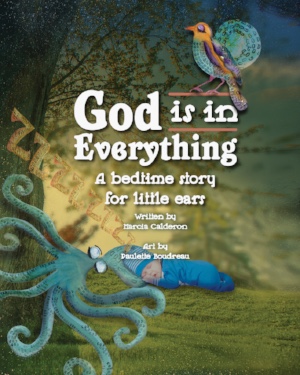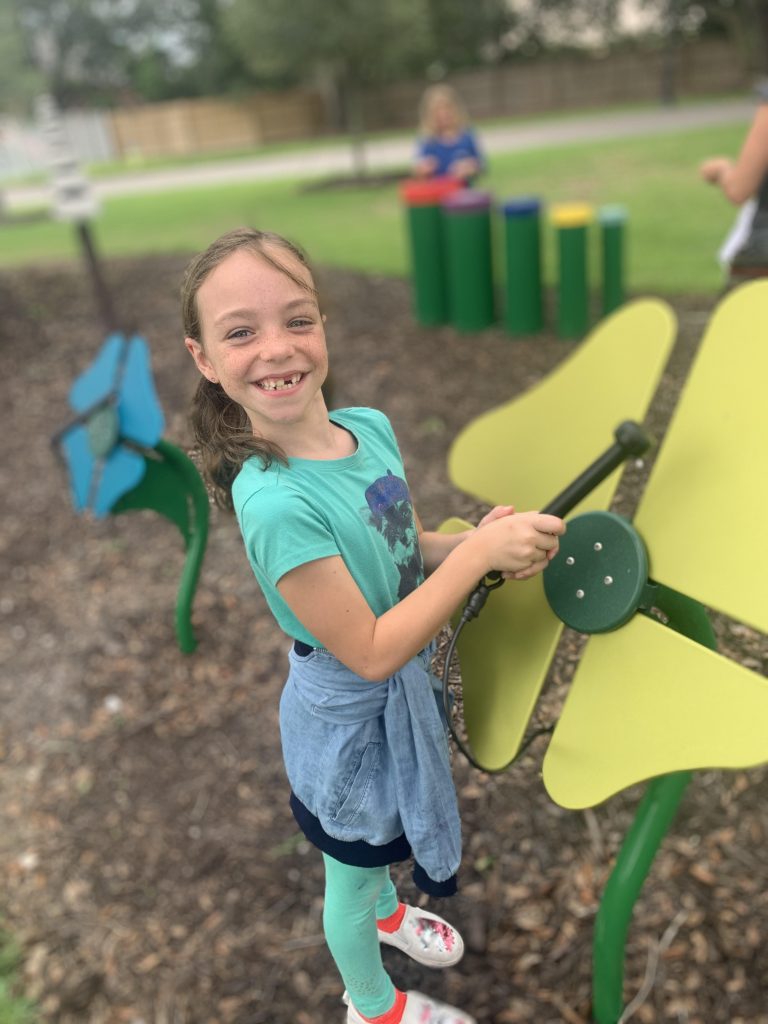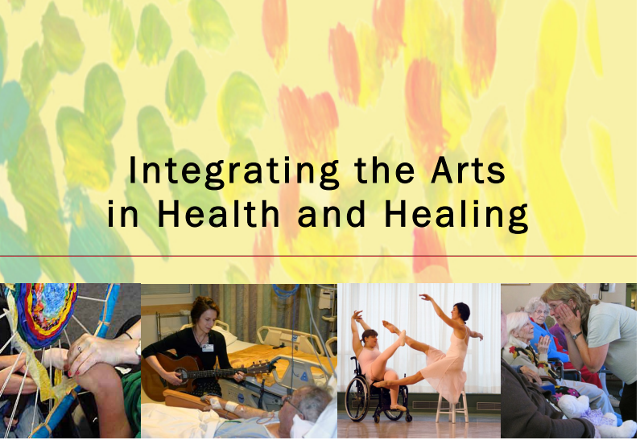Recent Art Therapy Research: Measuring Mood, Pain and Brain

Here is two recent art therapy studies of interest: 1) One focuses on the role of art therapy in possible improvement of mood and reduction of pain perception in patients hospitalized for medical conditions; 2) the second uses a common neurological instrument to compare cortical activity after art making with rote motor movements.
Art therapy improves mood and reduces pain and anxiety when offered at the bedside during acute hospital treatment (Shella, 2017). Many art therapists who work in hospitals encounter patients with stress reactions as well as fear, confusion and mood changes; anxiety and depression are also shared experiences in medically ill, hospitalized individuals. Other challenges include pain and its management because poorly managed pain can exacerbate stress reactions and negatively impact mood.
Cathy Malchiodi Ph.D., LPCC, LPAT, ATR-BC, REAT
Arts and Health
References
King, J. (ed.). (2016). Art therapy, trauma, and neuroscience: Theoretical and practical perspectives. New York: Routledge.
King, J., Knapp, K., Shaikh, A., Fang Li, F., Sabau, D., Pascuzzi, R., & Osburn, L. (2017). Cortical activity changes after art making and rote motor movement as measured by EEG: A preliminary study. Biomedical Journal of Science & Technical Research, 1 (4). Open Access at DOI:10.26717/BJSTR.2017.01.000366.
Malchiodi, C. A. (2012). Art therapy and the brain. In C. Malchiodi (Ed.), Handbook of Art Therapy (pp. 17-26). New York: Guilford Publications.
Shella, T. (2017). Art therapy improves mood and reduces pain and anxiety when offered at the bedside during acute hospital treatment. The Art’s in Psychotherapy, 57, 59-64.






